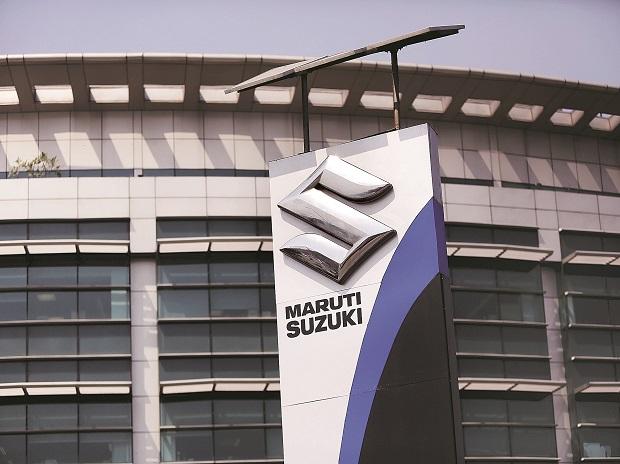Maruti Suzuki working on various initiatives to make roads safer: Official
A senior company executive said on Friday that Maruti Suzuki India is working on multiple initiatives, including setting up driver training institutes and fully automated test drive tracks, in order to make the roads safer.
The major automaker has now automated all 12 test drive tracks in Delhi as part of the Memorandum of Agreement (MoA) with the Ministry of Transport, NCT of Delhi signed in December 2017.
As part of the initiative, the Maruti Suzuki’s automated test drive track was inaugurated at Lado Sarai by Principal Secretary to Delhi Government for Transport Ashish Kundra on Friday.
Maruti Suzuki CEO – Corporate Affairs, Rahul Bharti, said the company has worked diligently over the past two decades on all five pillars of road safety – engineering, education, assessment, enforcement and emergency care.
He noted that as the country’s largest automaker, it is the company’s responsibility to work to enhance people’s safety on the roads.
He added that while vehicle safety standards continue to evolve, one also needs to work for the safety of the most vulnerable part of the road – two riders, cyclists and pedestrians.
“So we are working on various aspects of road safety and setting up automated driving test tracks for issuing driving licenses as part of the initiative. At some point in time, we also plan to reach children in schools for road safety awareness,” said Bharti.
On linking up with the Delhi Government for the Automated Driving Test Tracks (ADTTs), he said the company’s role was to implement the test tracks, set up the automation and IT system, and provide maintenance support for three years before handing over to the Delhi Government.
In ADTTs, driver’s license seekers are tested on their skills via video analysis technology without any human intervention, all within 10 minutes.
“With the opening of the Ladoo Sarai Centre, Delhi is now 100 per cent computerized for the driving license test,” said Bharti.
Explaining the impact of automation in licensing, Bharti added, “It is interesting to note that in the manual testing method, the pass rate for applicants was 84 percent in 2018. Soon after the introduction of ADTTs and standardization of testing, the percentage dropped sharply to around 34 per cent, which has gradually improved to 64 per cent now.”
He noted that this indicates that candidates are now more prepared for their driving test and it also reflects that the license is only given to the skilled candidate which makes the roads safer.
The test tracks are designed to assess basic driving skills in line with the Central Motor Vehicle Rules (CMVR).
(Only the title and image for this report may have been reworked by the Business Standard team; the rest of the content is generated automatically from a shared feed.)
